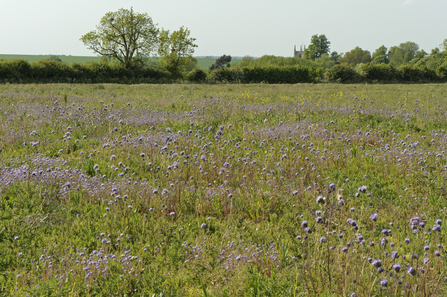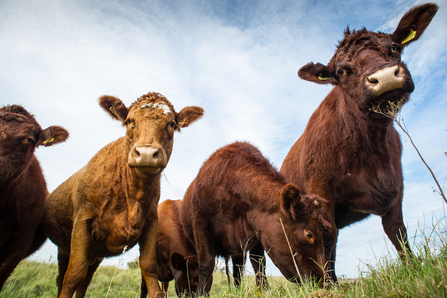That approach looks set for radical change – as this week the Government announced its Agricultural Transition Plan. The new Agriculture Act has been introduced as we move away from the EU-wide Common Agricultural Policy. A new Environmental Land Management Scheme focused much more on environmental improvement will be introduced over the next few years.
A system that side-lined the environment
So, looking back at my time as a farm manager, what was the problem? We are always limited by constraints – and this includes what we know and what our targets are. I was very proud of my cows and sheep but looking back I was guilty of not thinking that the way they were managed was having a wider impact beyond their growth and good looks.
To give an example, I was using a new wonder drug on the cattle that eliminated the parasites that were slowing the growth rate of my much-loved cows. Walking the pastures one day with a university vet, he remarked, ‘Tim have you noticed that the dung is staying on the pasture for a long time?’ I had but not thought too much about it – then. It is now well accepted that this drug has a negative effect on dung beetles and probably other soil dwelling invertebrates that rely on such organic matter for their diet.



